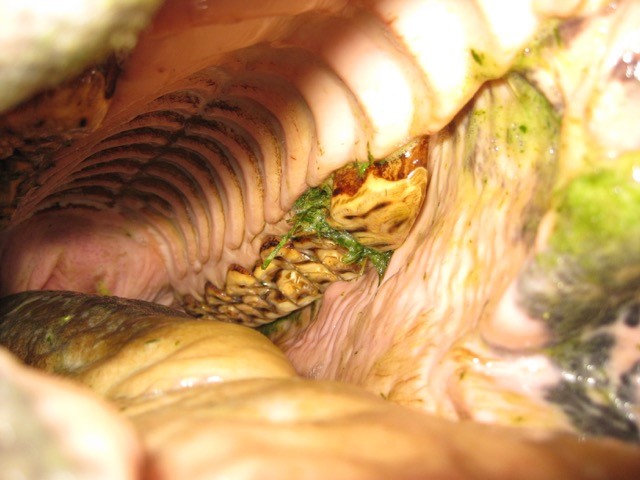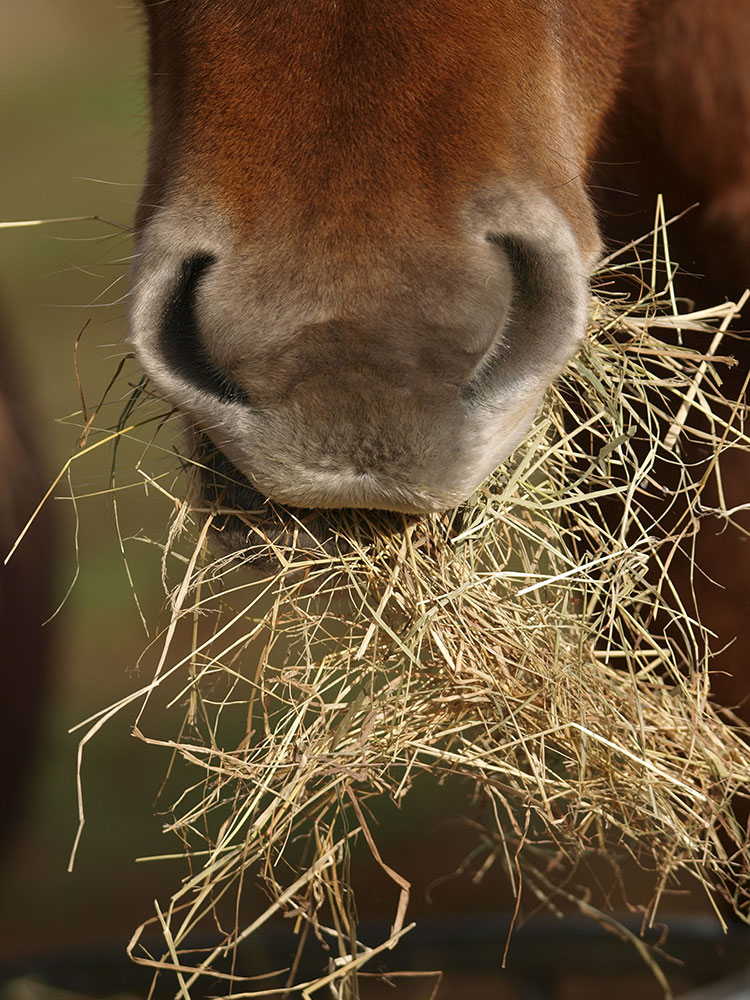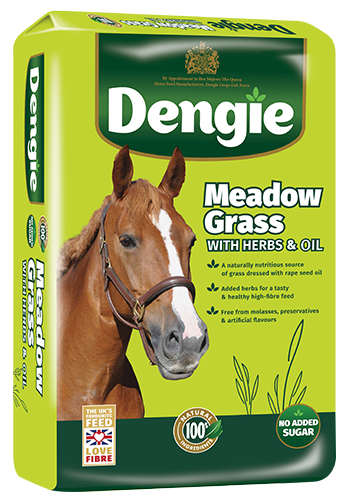Feeding horses and ponies with dental issues
Dental issues aren’t just a problem for the older horse, they can also affect the ridden horse, from the riding club horse through to the performance horse. They can be conditions and issues such as:
- abnormal gaps between the teeth (diastemas)
- loose teeth
- fractured teeth
- ridges within the teeth that shouldn’t be there
- and different types of mouth positioning such as slant mouth
All of these can cause oral pain for the horse or pony, and dental pain can be the precursor to secondary complications within the digestive system of the horse. It can also be linked to a drop-in performance and potentially a drop-in weight and condition.
What are diastemas?
The horse has six cheek teeth on each arcade and each side of the mouth. Diastemas are abnormal gaps between these teeth, where food can easily get packed down and potentially cause further issues. There are two types of diastemas – open and valve/closed.

Open Diastemas are where the teeth are lined up straight but there is an abnormal gap between two teeth. Although we still don’t want the horse to have these, they are less severe than closed diastemas as food will generally sit in the gap for a little bit then fall out, only causing temporary discomfort.
Valve/Closed diastemas are when the biting surface of the teeth are joined together and the diastemas forms a triangle shape gap down towards the junction between the tooth and the gum. This is more painful than open diastemas as food packs in the gaps with no escape and eventually rots. This can potentially lead to infection within the bone and within the gums of the molar teeth. This type of diastema is the most painful condition in the horse’s mouth and it is important to alleviate and get on top off the issue before they start to cause problems.

How do I tell if my horse is struggling to chew?
Forage should make up the majority of every horse’s ration; at least 1.5% of their bodyweight a day. Studies have proven that when horses eat high-fibrous material they use the full range of movement of their jaw. The most obvious sign that a horse is struggling to chew are chewed up balls of forage accumulating at the bottom of the haynet and quidding where the horse spills and drops feed as he chews. With those that are struggling to chew we may see that they lose weight, this is a common problem in older horses and ponies. Choke and colic can also be related to poor dentition.
What feeds are suitable for horses that struggle to chew?
If your horse or pony can still chew then use short chopped fibre feeds, such as Dengie Hi-Fi Senior, Performance Fibre or Meadow Grass with Herbs as a partial or full alternative to long length forage. For those that struggle to manage any chopped fibre, use a pelleted fibre that can be soaked or dampened. Dengie Alfa-Beet, Alfalfa Pellets or Pure Grass Pellets are all highly-digestible fibre alternatives that can all be soaked to make a really tasty but soft mash feed.
Top tips for feeding the horse or pony with dental issues
- Whether using short chopped or soaked fibre, it is still important to feed the same amount as you would have of hay, i.e at least 1.5% of their bodyweight per day. For help working out your horse’s ration do not hesitate to contact our nutrition team who will do all of the calculations for you.
- Using a digestive supplement that contains ingredients such as yeast and prebiotics will help to establish a healthy population of microbes in the gut that the horse relies on to digest fibre.
- It is important that all horses and ponies, whatever their age or workload, should still have their teeth regularly checked by a qualified equine dental technician or vet.
- For laminitis prone horses and ponies chose lower sugar and starch forage replacers that ideally supply less than 10% sugar and starch added together.
For further advice and guidance on what to feed your horse or pony please contact the Dengie Feedline on 01621 841188 or send us an email.



